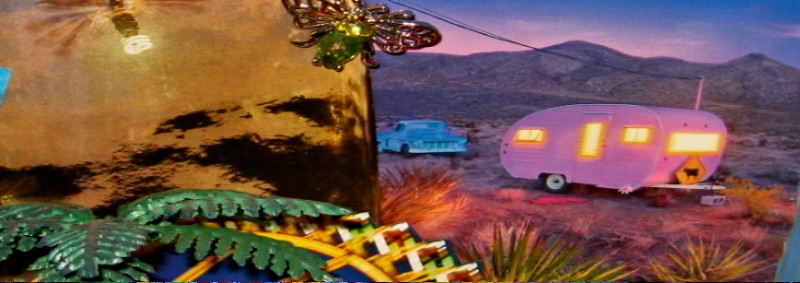'The Antikythera Mechanism is a complex geared
mechanism that is over 2000 years old. The remains of the device were
first discovered in 1902, when an archaeologist noticed a
heavily corroded gear wheel amongst artifacts recovered by sponge divers
from a sunken Roman cargo ship. The ship was en route
from the Greek island of Rhodes to Rome when it sank off the island of
Antikythera, between Kythera & Crete. It is thought to
be dated from 150 to 100 BC. & that it could possibly be the work of the great astronomer
Hipparchus.
The mechanism, often described as the world's first
mechanical computer, was used to calculate & display astronomical
cycles & to accurately predict lunar & solar
eclipses. The mechanism is technically more complex than any known
device constructed for at least a millennium afterwards & is the first
known instrument to use geared teeth within gears!'




